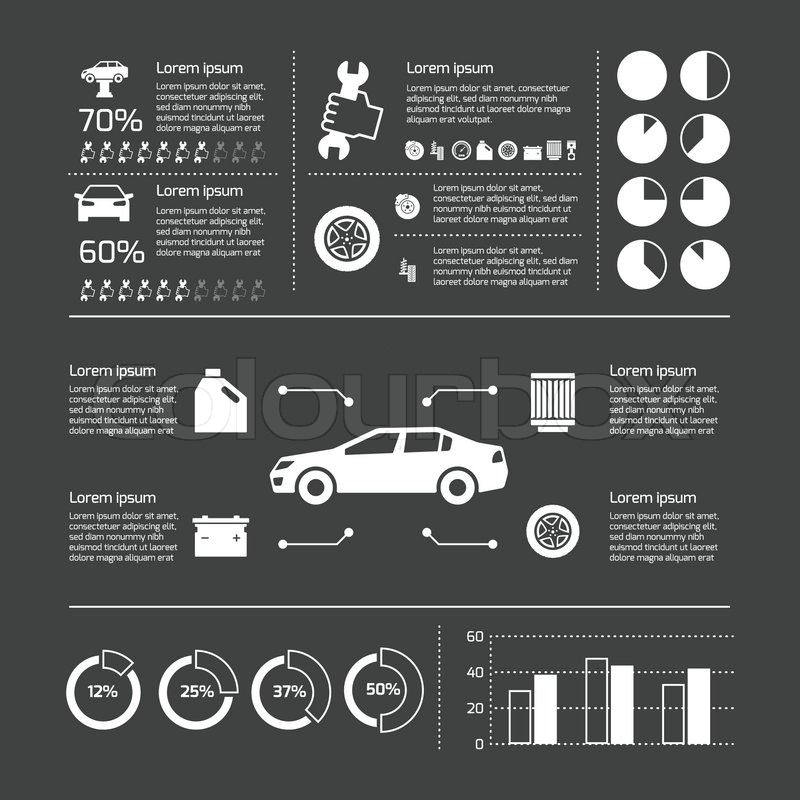Seeking Quality On The Warning Lights Presented On Your Cars And Truck'S Control Panel? Learn Just How They Connect To Your Automobile'S Health And Wellness
Seeking Quality On The Warning Lights Presented On Your Cars And Truck'S Control Panel? Learn Just How They Connect To Your Automobile'S Health And Wellness
Blog Article
Material Writer-Lauritsen Winters
When you lag the wheel, those glowing caution lights on your control panel can be a little bit perplexing. Do you recognize what they're trying to inform you about your vehicle's wellness? Comprehending the significance of these lights is crucial for your security and the long life of your car. So, the next time one of those lights appears, would not you wish to decipher its message precisely and take the necessary steps to resolve it?
Common Warning Lighting and Interpretations
Identify typical caution lights in your cars and truck and comprehend their meanings to ensure secure driving.
One of the most common caution lights consist of the check engine light, which signals problems with the engine or exhausts system. If this light comes on, it's critical to have your car inspected promptly.
The oil stress alerting light indicates low oil pressure, requiring prompt attention to prevent engine damages.
A flashing battery light could recommend a malfunctioning billing system, possibly leaving you stranded otherwise addressed.
The tire stress monitoring system (TPMS) light informs you to low tire pressure, impacting vehicle stability and gas effectiveness. Ignoring this can lead to risky driving problems.
The ABS light indicates a problem with the anti-lock braking system, compromising your capability to stop promptly in emergency situations.
Finally, the coolant temperature warning light warns of engine overheating, which can cause extreme damage otherwise solved promptly.
Understanding these usual warning lights will help you deal with issues quickly and keep safe driving conditions.
Value of Prompt Attention
Comprehending the common caution lights in your vehicle is just the primary step; the relevance of quickly attending to these cautions can't be emphasized sufficient to ensure your safety and security when driving.
When car detailing in auckland brightens on your dashboard, it's your automobile's way of interacting a potential issue that needs attention. Neglecting these cautions can cause a lot more extreme issues in the future, compromising your security and potentially costing you a lot more in repairs.
Trigger attention to cautioning lights can avoid break downs and mishaps. As an example, a flashing check engine light can indicate a misfire that, if left neglected, could create damages to the catalytic converter. Resolving this without delay can save you from a costly fixing.
Likewise, a brake system advising light could indicate low brake liquid or used brake pads, crucial parts for your safety when driving.
DIY Troubleshooting Tips
If you see a warning light on your control panel, there are a couple of DIY fixing ideas you can attempt before looking for specialist help.
The initial step is to consult your car's handbook to comprehend what the specific caution light indicates. In some cases the problem can be as simple as a loose gas cap causing the check engine light. Tightening up mouse click the next site may fix the trouble.
One more typical concern is a low battery, which can activate different advising lights. Inspecting the battery connections for corrosion and ensuring they're protected may fix the issue.
If a warning light lingers, you can try resetting it by disconnecting the cars and truck's battery for a couple of mins and after that reconnecting it. Additionally, examining your lorry's fluid levels, such as oil, coolant, and brake liquid, can help fix warning lights related to these systems.
Conclusion
In conclusion, recognizing your auto's warning lights is crucial for maintaining your vehicle running smoothly and securely. By quickly addressing these notifies and understanding what they indicate, you can stay clear of expensive repair services and prospective malfunctions.
Bear in mind to consult your vehicle's handbook for particular information on each warning light and take action accordingly to ensure a hassle-free driving experience.
Remain informed, stay secure on the road!
